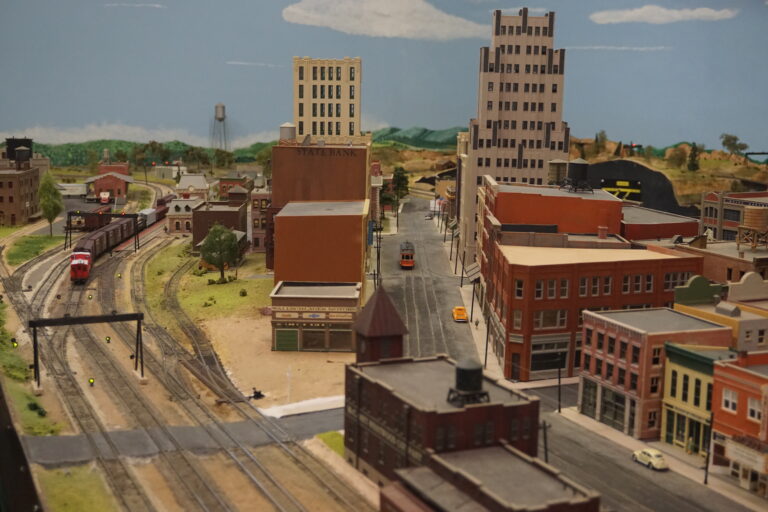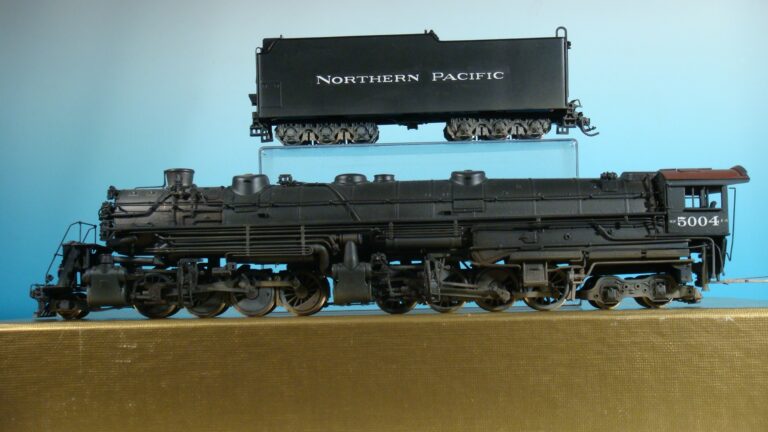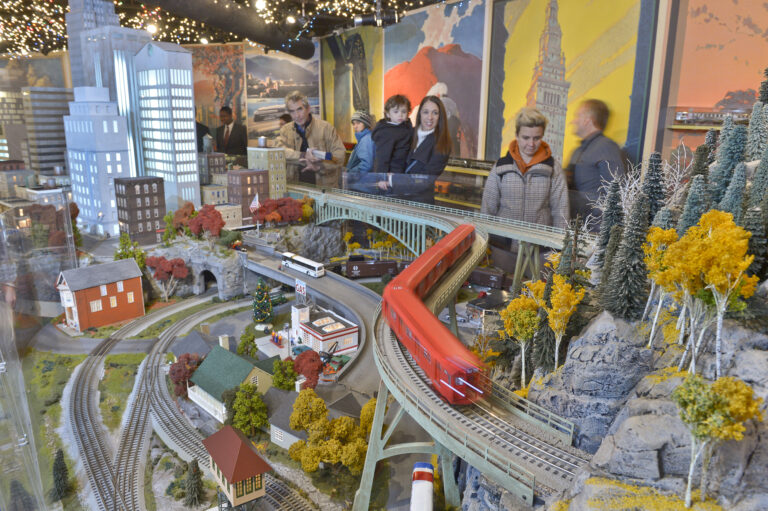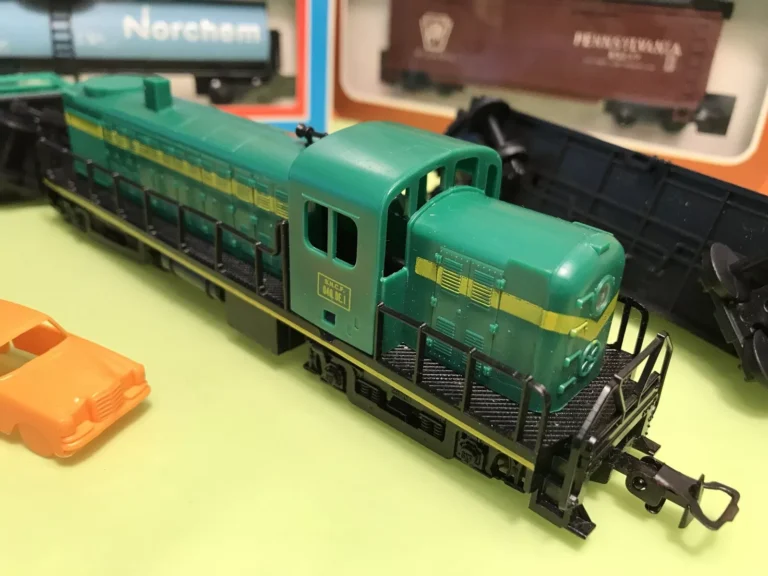Are Model Trains a Dying Hobby — Or Just Changing?
Is model railroading dying — or evolving? We explore how YouTube, 3D printing, and new builders are reshaping the hobby.
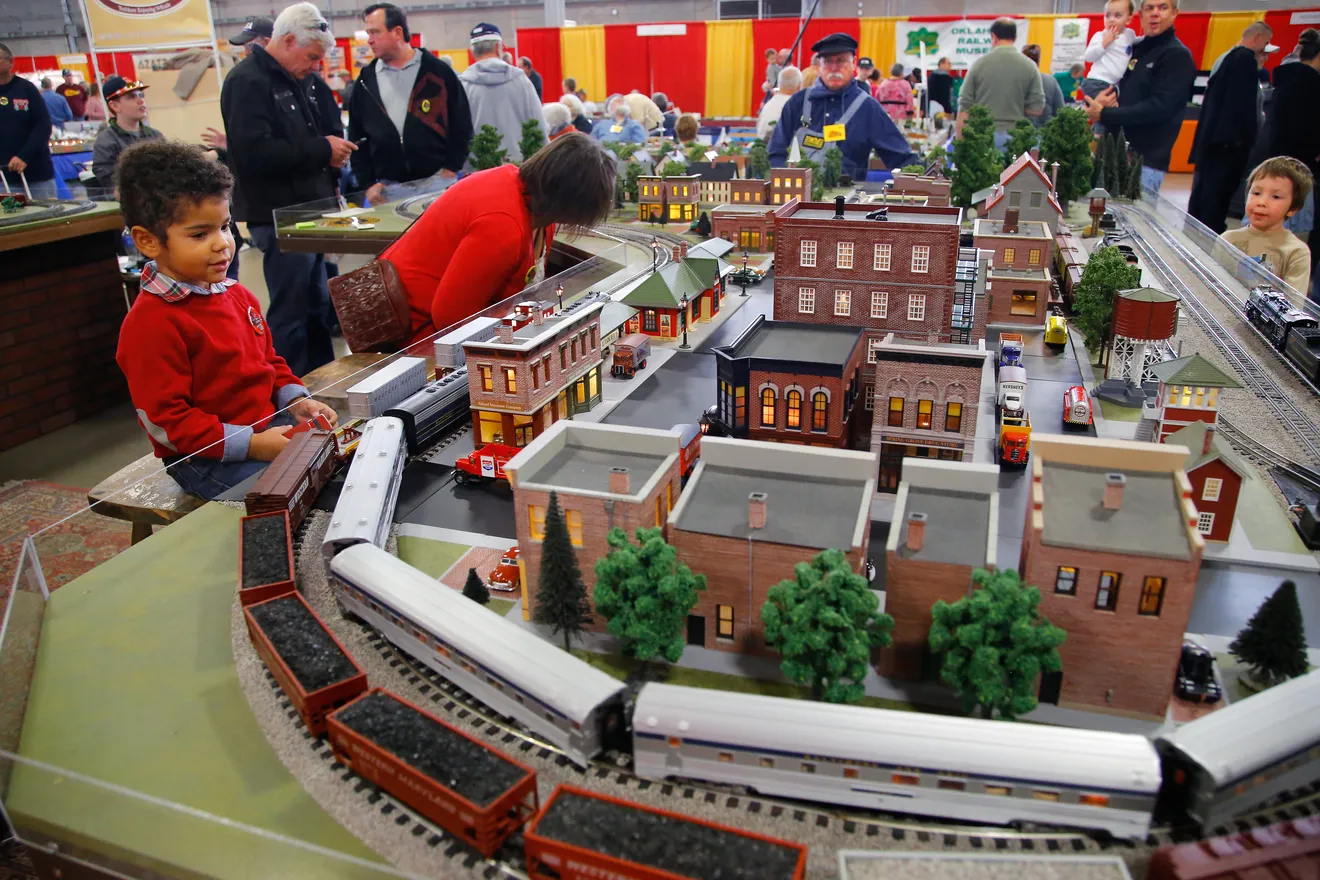
It’s a question echoing across club meetings, forums, and layout tours: Is the model train hobby losing steam — or just entering a new era? On the surface, it’s easy to understand the concern. Fewer brick-and-mortar hobby shops, declining membership at train shows, and a general sense that the golden age of model railroading may be behind us.
But dig a little deeper, and a more complex — and surprisingly hopeful — story emerges. The hobby isn’t disappearing. It’s changing.
From YouTube creators building layouts in small apartments to a new wave of 3D-printed rolling stock, model railroading in 2025 is undergoing a digital and cultural evolution. In this article, we’ll explore the signs of both decline and rebirth — and what they mean for the future of the hobby.
How YouTube and 3D Printing Are Reshaping the Scene
The Rise of the Digital Layout Tour
YouTube has arguably done more for model railroading in the past decade than any single magazine or manufacturer. Thousands of creators now post layout updates, scenery tips, weathering tutorials, and DCC wiring walkthroughs — all for free, accessible 24/7.
Creators like Luke Towan, Sam’s Trains, and Boomer Dioramas have introduced the craft to millions of viewers around the world. For many newcomers, YouTube is their first exposure to the hobby, not a Lionel catalog or a childhood train set under the tree.
These creators not only showcase techniques but also present the hobby as something alive, experimental, and emotionally rewarding. They’re helping shift the perception of model trains from nostalgic relic to a modern creative pursuit.
3D Printing and the Maker Movement
If YouTube is changing how modelers learn, 3D printing is changing what they can build.
For decades, hobbyists were limited by the parts and kits available on the market. Today, with a modest printer and some modeling software, builders can produce custom locomotives, structures, figures, and scenic elements — often for less than traditional kits.
Enthusiasts are already creating free or paid STL files for everything from boxcars to catenary poles. Sites like Thingiverse and Cults3D now feature entire subcategories for HO, N, and O scale models.
We explore this in more depth in Can You 3D Print Model Trains? What’s Possible in 2025, but the core takeaway is this: 3D printing isn’t a gimmick. It’s quickly becoming a foundational skill in the hobby — and it’s drawing in younger builders from the broader maker world.
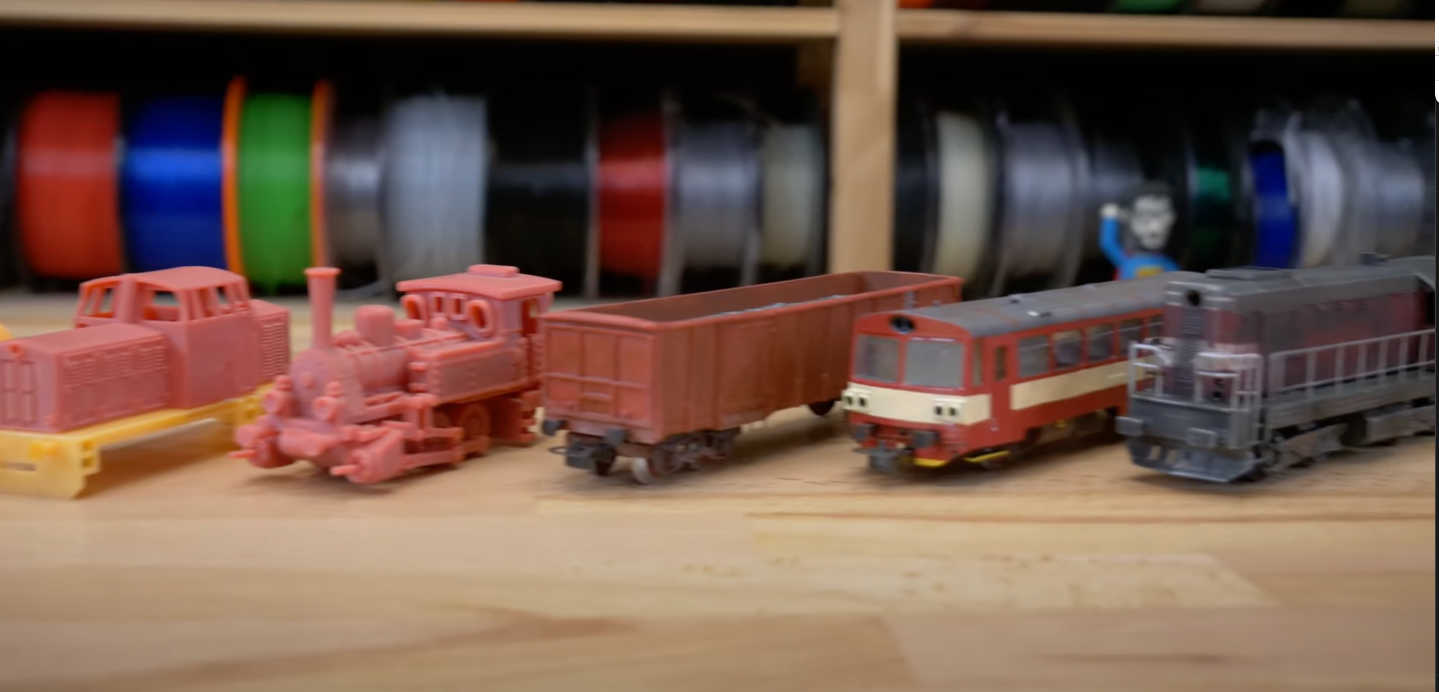
New Paths Into the Hobby
While the tools and platforms may be changing, the heart of the model train hobby remains rooted in imagination, craftsmanship, and storytelling. Today, the hobby is expanding — not replacing — thanks to a variety of new ways to participate.
Smaller Layouts, Same Big Dreams
Not everyone has the space for a full basement empire, and that’s okay. Shelf layouts, modular builds, and micro-dioramas have become popular ways to explore modeling in tighter spaces — a trend embraced by newcomers and longtime hobbyists alike. For many, it’s not about size — it’s about depth of detail and personal connection.
We explore this creative shift further in From Basement to Showcase: The Rise of Adult Layout Builders, which highlights how more builders are creating stunning layouts in apartments, studios, and shared workspaces.
Community, Online and Off
While traditional clubs remain a cornerstone for many, newer hobbyists are also finding community in online forums, Discord servers, and YouTube comment sections. This digital layer isn’t a replacement — it’s an addition. Many modelers blend both worlds: learning online, then applying skills at local meets or train shows.
A Hobby That Grows With You
Whether someone’s coming back after a few decades or picking up a soldering iron for the first time, model railroading continues to welcome builders at every stage. What matters most isn’t when you started — it’s that you’re building now.modular builds.

The Influence of Digital Controls and Automation
DCC and the Appeal of Modern Tech
“Digital command control (DCC) systems have opened the door to more immersive and interactive layouts — and hobbyists across generations are embracing them to bring new levels of realism and control to their railroads.”
With features like sound, lighting, wireless throttles, and programmable routes, DCC transforms a static layout into a living system.
Add in Arduino automation, block detection, or even smartphone-based throttles, and suddenly model railroading becomes a playground for engineers and coders.
This integration of digital controls has made the hobby more appealing to the STEM generation. It’s not just about nostalgia — it’s about creating an interactive system that blends software, hardware, and artistry.
The Role of Simulation and Virtual Railroads
Another emerging trend is the crossover between virtual train simulators and physical layouts. Software like Trainz and Microsoft Train Simulator has introduced rail operations to millions — and for some, building a real-world version is the next step.
This crossover is helping bridge the gap between gamers and builders, especially as tools like 3D printing allow for physical representations of digital designs.
Is the Hobby Shrinking — or Just Reorganizing?
Retail Is Shrinking, But Interest Isn’t
One major concern is the closure of hobby shops across the country. This trend is real — but it’s not necessarily an indicator of interest decline.
More hobbyists are buying online, watching tutorials on YouTube, downloading print files, and joining Discord servers instead of attending club nights. The infrastructure of the hobby is shifting from physical to digital — but the passion remains.
The Revival of Niche Communities
Small-scale revival is happening, particularly around niche interests. Narrow gauge, obscure prototype modeling, and even fictional railroads are gaining traction online. Rather than chasing mass appeal, modern builders often pursue hyper-focused themes, enabled by custom tools and online communities.
This kind of interest may not register on traditional metrics — but it’s vibrant, growing, and incredibly creative.
A Hobby With History — and a Future
For a sense of how far the hobby has come, check out The History of Model Railroading in America. The hobby has weathered booms and busts before — from tinplate to brass to plastic to digital.
The current era might look different from the past, but that doesn’t mean it’s a decline. It may simply be another turning point.
Final Thoughts: Change Is Not the End
Model trains are not dying — they are evolving. And like any long-standing tradition, that evolution can feel uncomfortable to those who remember it in a different form. But the signs of life are everywhere: in custom 3D prints, in YouTube layout tours, in DCC-enabled switching puzzles, and in the quiet concentration of builders crafting tiny worlds late into the night.
If you’re concerned about the future of the hobby, the best thing you can do is participate. Share your layout. Mentor a newcomer. Experiment with new technologies. And above all, keep building.
Because as long as someone is laying track — whether in foam, resin, or pixels — the hobby rolls on.


